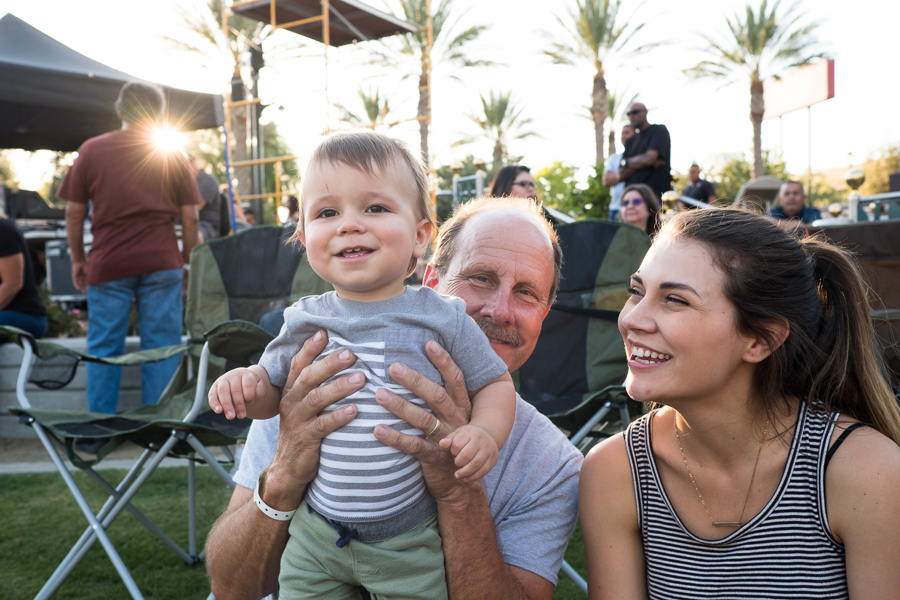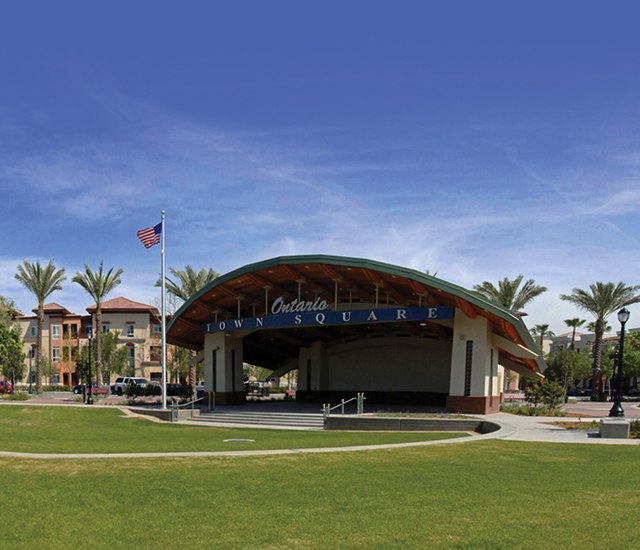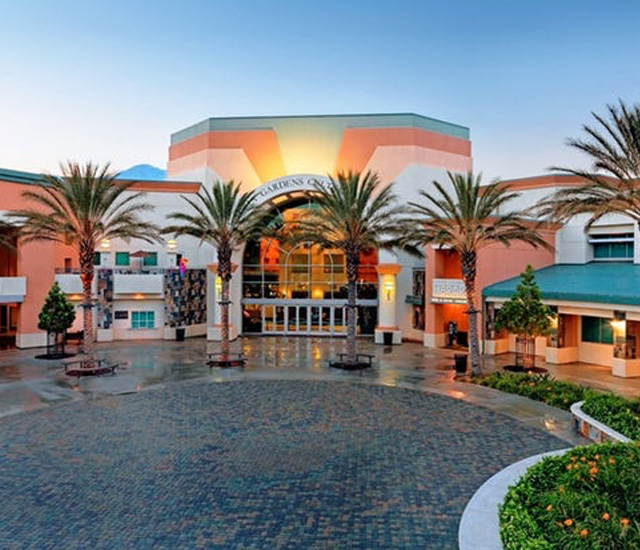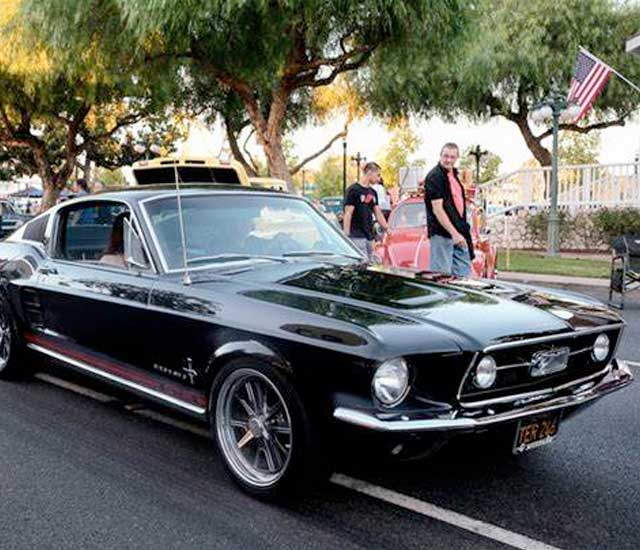THE GROWTH OF RANCHO CUCAMONGA
After a half-century of political jockeying in the region, the land finally came under the control of Juan Bautista Alvarado, governor of Mexico. On March 3, 1839, Alvarado granted 13,000 acres of land in the area called Cucamonga to Tubercio Tapia, a first-generation Spanish native of Los Angeles, successful merchant, and notorious smuggler. Tapia went on to establish the first winery in California on his newly deeded land. Rancho Cucamonga was purchased by John Rains and his wife in 1858. The Rains family’s home, Casa de Rancho Cucamonga, was completed in 1860 and now appears on the National Register of Historic Places.
During the ensuing years the town prospered and grew. In 1887, irrigation tunnels were dug into Cucamonga Canyon by Chinese laborers and the Santa Fe Railroad was extended through the area. Among the town’s economic mainstays was agriculture, including olives, peaches, citrus, and, most notably, vineyards. In 1913, the Pacific Electric Railway was extended through the area in an effort to improve crop transportation. Several landmarks in existence today pay tribute to the city’s multicultural founding. In 1977, the unincorporated communities of Alta Loma, Cucamonga, and Etiwanda voted to incorporate, forming the city of Rancho Cucamonga.
Today the City of Rancho Cucamonga invites you to acquaint yourself with all it has to offer. As part of one of the fastest growing metropolitan areas, Rancho Cucamonga nonetheless remains one of the safest cities in the country and is a desirable place to live, work, and play. Crowned by the majestic San Gabriel Mountains, the City’s planned communities and award-winning architecture reflect on a community proud of its past and excited by its future. With over 20 parks and community facilities, and having highly rated schools, Rancho Cucamonga has much to offer its residents. Businesses too are finding Rancho Cucamonga is a great place to call their home.
Rancho Cucamonga is a suburban city situated at the foothills of the San Gabriel Mountains in San Bernardino County, California. It is located 37 miles east of Downtown Los Angeles. The city has a estimated population of 174,305. The city’s seal, which centers on a cluster of grapes, alludes to the city’s agricultural history and intimate connections to wine-making. The city’s favorable location and host of public amenities have earned it numerous distinctions. Notably, Money Magazine ranked Rancho Cucamonga 42nd on its “Best Places to Live” list in 2006. In addition, Insider Magazine established one Rancho Cucamonga neighborhood as the 13th richest neighborhood in Southern California.






